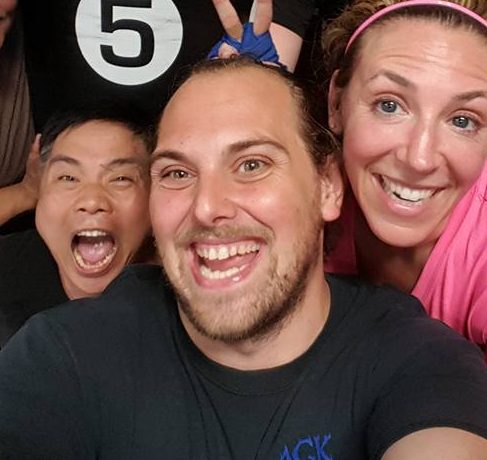Let’s face it, conflict is hard and is bound to happen no matter what ground rules are in place. Whether it’s on the playground or right in our own homes, children will clash.
And while it can create challenging situations, it is a normal event that occurs between children. This inevitability is why conflict resolution is an essential life skill for children to learn. To help them, though, early instruction is vital in making this a standard routine during disagreements with others.

Often when children are involved in conflict, one of two things will happen. Either the parent rushes in to save their child, or the child goes to an adult immediately. And yes, when there is physical violence taking place, adults must intervene at once.
But when children are arguing over a toy or whose turn it is, they should be allowed to resolve the conflict on their own. Learning this skill is essential in the development of friendships.
It is hard, though, for adults, especially parents, to observe their child in the middle of a conflict. The first thought is to jump in to alleviate any discomfort. However, doing this does not help children find solutions, a skill which is essential in learning conflict management.
The best thing to do is observe from a distance and allow the process to happen and intervene if things get physical. Younger children will need more assistance when working through issues with others and, depending on their age, the degree to which adults assist them.
With children between the ages of 3 and 4, they are still working on language development and are still egocentric, so their conflicts usually result in something physical. Adults need to support them by helping them find the words they need to express how they feel about the situation.
Children around the ages of 5 to 6 are better able to grasp concepts about communication, but they are very concrete in their thinking, so it is most useful to teach these skills in the midst of disagreements.
As children get older, they have the basic tools in place to handle more of the conflict on their own and involve adults only if they absolutely can’t work it out.
The best way to start this learning process is by teaching calming techniques and showing empathy to each child. It’s crucial that they have a safe space to express their feelings about the situation.
However, it’s even more important for them not to cast blame and, instead, admit to their part in the conflict since “who started it” doesn’t really matter in the grand scheme of things. Help them use “I” statements to show respect for each other. Then, adults should empower children to brainstorm solutions that result in a compromise.
When children learn the tools to work through conflict at an early age, they develop the confidence they need to brainstorm solutions on their own. Early guidance by trusted adults will help set the stage for success in this area. When children can work through things on their own, they feel assured in their own judgments, which helps them to develop strong friendships in the long run.
4GK MARTIAL ARTS
380 East Main St
Patchogue, NY 11772

Author: Jennifer Salama of Skillz Worldwide.
Jennifer is a 4th-degree black belt and has been training in martial arts since 2001. She has a Masters Degree in Child Psychology. She has embraced the SKILLZ curriculum because of its focus on child development and using martial arts as a vehicle to develop the child as a whole.

















